Hongyang Tang
AlphaPose: Whole-Body Regional Multi-Person Pose Estimation and Tracking in Real-Time
Nov 07, 2022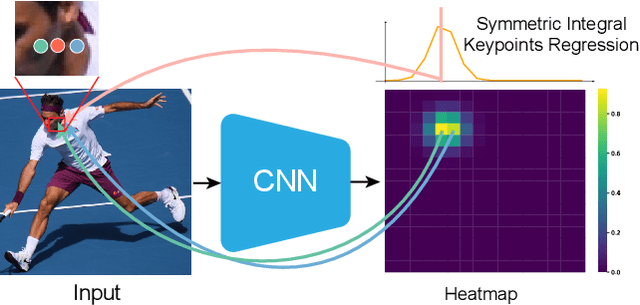
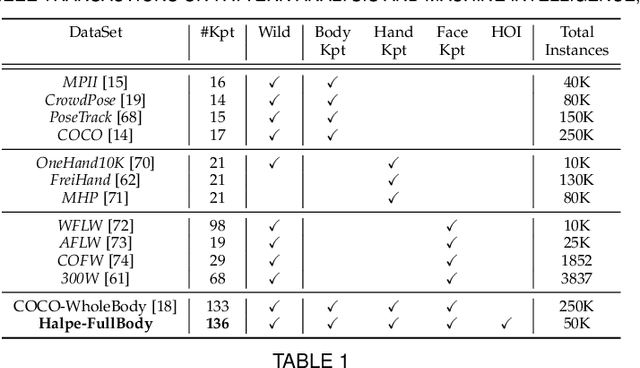
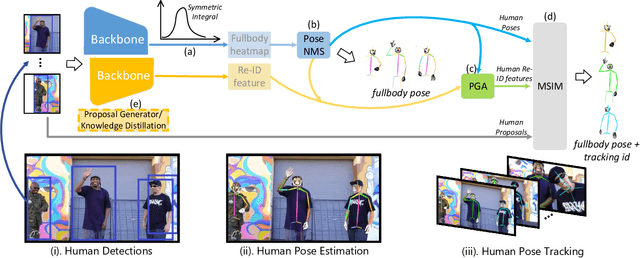
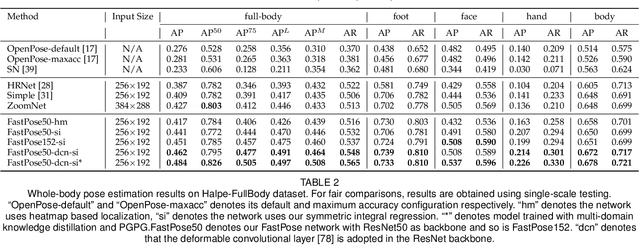
Abstract:Accurate whole-body multi-person pose estimation and tracking is an important yet challenging topic in computer vision. To capture the subtle actions of humans for complex behavior analysis, whole-body pose estimation including the face, body, hand and foot is essential over conventional body-only pose estimation. In this paper, we present AlphaPose, a system that can perform accurate whole-body pose estimation and tracking jointly while running in realtime. To this end, we propose several new techniques: Symmetric Integral Keypoint Regression (SIKR) for fast and fine localization, Parametric Pose Non-Maximum-Suppression (P-NMS) for eliminating redundant human detections and Pose Aware Identity Embedding for jointly pose estimation and tracking. During training, we resort to Part-Guided Proposal Generator (PGPG) and multi-domain knowledge distillation to further improve the accuracy. Our method is able to localize whole-body keypoints accurately and tracks humans simultaneously given inaccurate bounding boxes and redundant detections. We show a significant improvement over current state-of-the-art methods in both speed and accuracy on COCO-wholebody, COCO, PoseTrack, and our proposed Halpe-FullBody pose estimation dataset. Our model, source codes and dataset are made publicly available at https://github.com/MVIG-SJTU/AlphaPose.
Cross-Domain Adaptation for Animal Pose Estimation
Aug 19, 2019
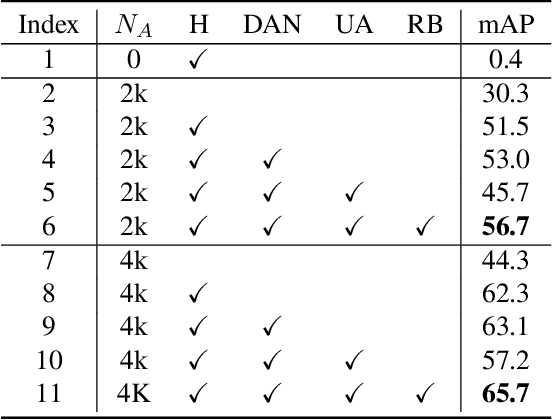

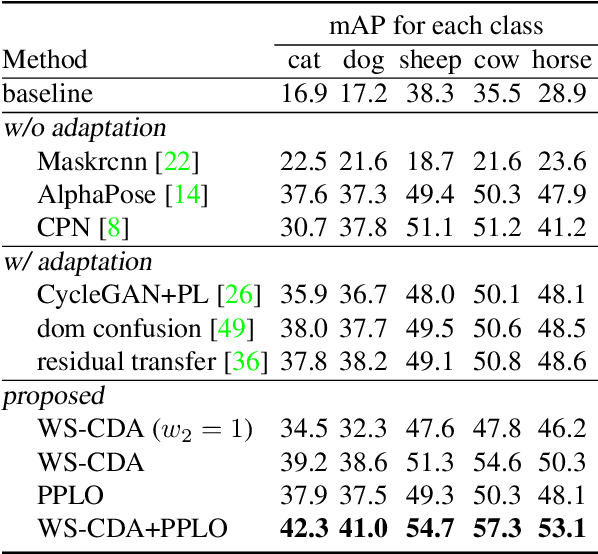
Abstract:In this paper, we are interested in pose estimation of animals. Animals usually exhibit a wide range of variations on poses and there is no available animal pose dataset for training and testing. To address this problem, we build an animal pose dataset to facilitate training and evaluation. Considering the heavy labor needed to label dataset and it is impossible to label data for all concerned animal species, we, therefore, proposed a novel cross-domain adaptation method to transform the animal pose knowledge from labeled animal classes to unlabeled animal classes. We use the modest animal pose dataset to adapt learned knowledge to multiple animals species. Moreover, humans also share skeleton similarities with some animals (especially four-footed mammals). Therefore, the easily available human pose dataset, which is of a much larger scale than our labeled animal dataset, provides important prior knowledge to boost up the performance on animal pose estimation. Experiments show that our proposed method leverages these pieces of prior knowledge well and achieves convincing results on animal pose estimation.
 Add to Chrome
Add to Chrome Add to Firefox
Add to Firefox Add to Edge
Add to Edge